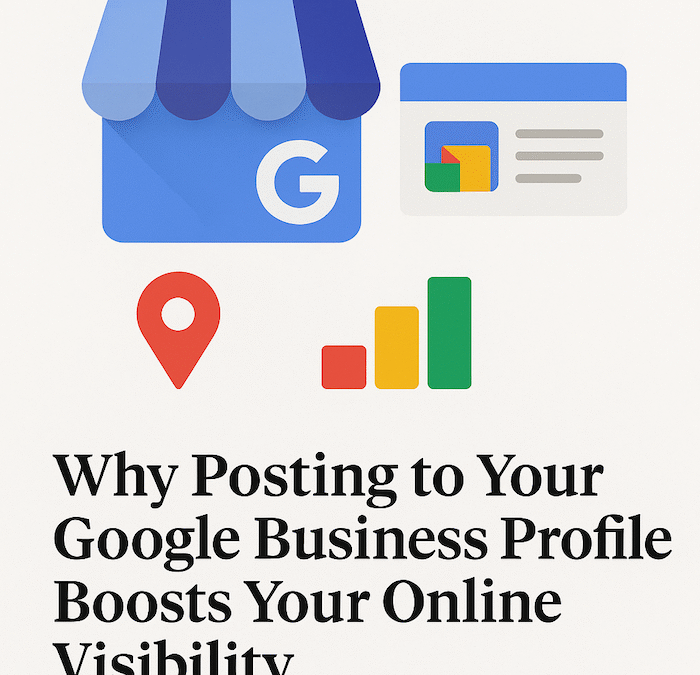In the rapidly evolving and technology-driven era we inhabit, the role of social media in business development and growth has become indispensable.
Social media platforms offer a virtual space for businesses to connect, engage, and even influence their specific target audience. The array of platforms available in the digital landscape is wide and varied, with each offering its unique set of features, audience demographics, and engagement methods. Consequently, deciding which of these platforms merits your time, energy, and resources can appear to be a formidable challenge. However, it’s important to remember that effective social media marketing doesn’t involve being everywhere at once but rather involves the strategic allocation of resources to the platforms that align with your goals, resonate with your audience, and ultimately facilitate the attainment of your business objectives.
In this comprehensive guide, we aim to delve deeper into the process of assessing the worthiness of different social media platforms, and how they can contribute to your business’s growth and success.
Laying the Foundation: Define Your Business Goals
Before diving into the extensive sea of social media, the initial step every business needs to undertake is to articulate clear and concise business goals. It is crucial to introspectively question yourself – what do you aspire to achieve by harnessing the power of social media? Is your objective to elevate brand visibility, create a sustainable pipeline of qualified leads, accelerate sales figures, or perhaps foster a loyal customer base? The answers to these questions provide a lens through which you can evaluate the potential of each social media platform.
By possessing a crystal-clear understanding of your business goals, you can sift through the myriad of platforms and choose the ones that align harmoniously with your objectives.
Demystifying Your Audience: In-depth Identification of Your Target Market
The foundation of any successful marketing strategy lies in a deep, empathetic understanding of your target audience.
Each social media platform tends to attract and cater to distinct audience demographics, thereby making it imperative to recognize where your target audience spends most of their digital time. For instance, if your target audience predominantly consists of the vibrant millennial generation, visually engaging platforms like Instagram might be your ideal choice. Alternatively, if your focus is on a professional demographic, LinkedIn, with its business-oriented approach, would serve as a more suitable platform.
Decoding Platform Attributes: A Comprehensive Understanding of Unique Features
The vast landscape of social media is marked by a rich tapestry of diverse platforms, each flaunting distinct features and engagement styles. Understanding these unique differences can assist you in determining which platforms are most deserving of your time, energy, and resources. For example, Instagram, with its visually-centric interface, relies heavily on photos and videos.
Therefore, if your business offers visually appealing products or services, or if storytelling through visuals forms a key part of your branding strategy, Instagram could be the perfect fit. In contrast, Twitter, known for its brevity, excels in delivering short, succinct messages or real-time updates, making it an ideal choice for businesses wanting to share industry news, insights, or concise informational content.
Competitive Intelligence: Performing a Rigorous Competitive Analysis
Keeping a close eye on your competitors’ social media practices can offer a treasure trove of valuable insights that can help guide your own social media strategy. Analyze the platforms that your competitors have chosen to engage with, the type of content they predominantly disseminate, the level of engagement they manage to garner, and the frequency of their interactions. A competitor’s success on a particular platform could serve as a signal that your target audience may also be reachable on the same platform, making it a worthwhile investment.
Taking Inventory: A Realistic Assessment of Your Resources
When selecting which social media platforms to focus on, it’s essential to consider the resources at your disposal. Factors like the time and budget earmarked for social media marketing, the manpower and creativity required to craft engaging content, and the potential necessity of paid advertising to extend your reach are all vital considerations. Conduct a candid evaluation of your available resources, both tangible and intangible, and opt for the platforms that align best with them.
Iterate for Success: The Process of Executing, Evaluating, and Adjusting
The final piece of the puzzle is a rigorous process of execution, evaluation, and adjustment. Develop a robust and flexible social media strategy, implement it, and keep a close eye on the metrics to discern which platforms are producing the desired outcomes for your business.
Utilize the power of analytics tools to measure vital parameters like engagement levels, reach, and conversion rates. These quantifiable insights can guide you in fine-tuning your strategy, allowing you to concentrate your efforts on the platforms providing the highest return on investment.
The Final Call: Making an Informed and Strategic Decision
The importance of choosing the most appropriate social media platforms for your business cannot be overstated in our digitally-dominated world. By meticulously outlining your business objectives, cultivating an in-depth understanding of your target audience, conducting rigorous competitive analysis, and factoring in your resources, you can identify and invest in the platforms that provide the maximum value.
Remember, social media marketing is not a one-size-fits-all approach but a dynamic and iterative process that should be continually tested, evaluated, and revised to ensure you’re leveraging your social media presence to its fullest potential, thereby maximizing results for your business.









